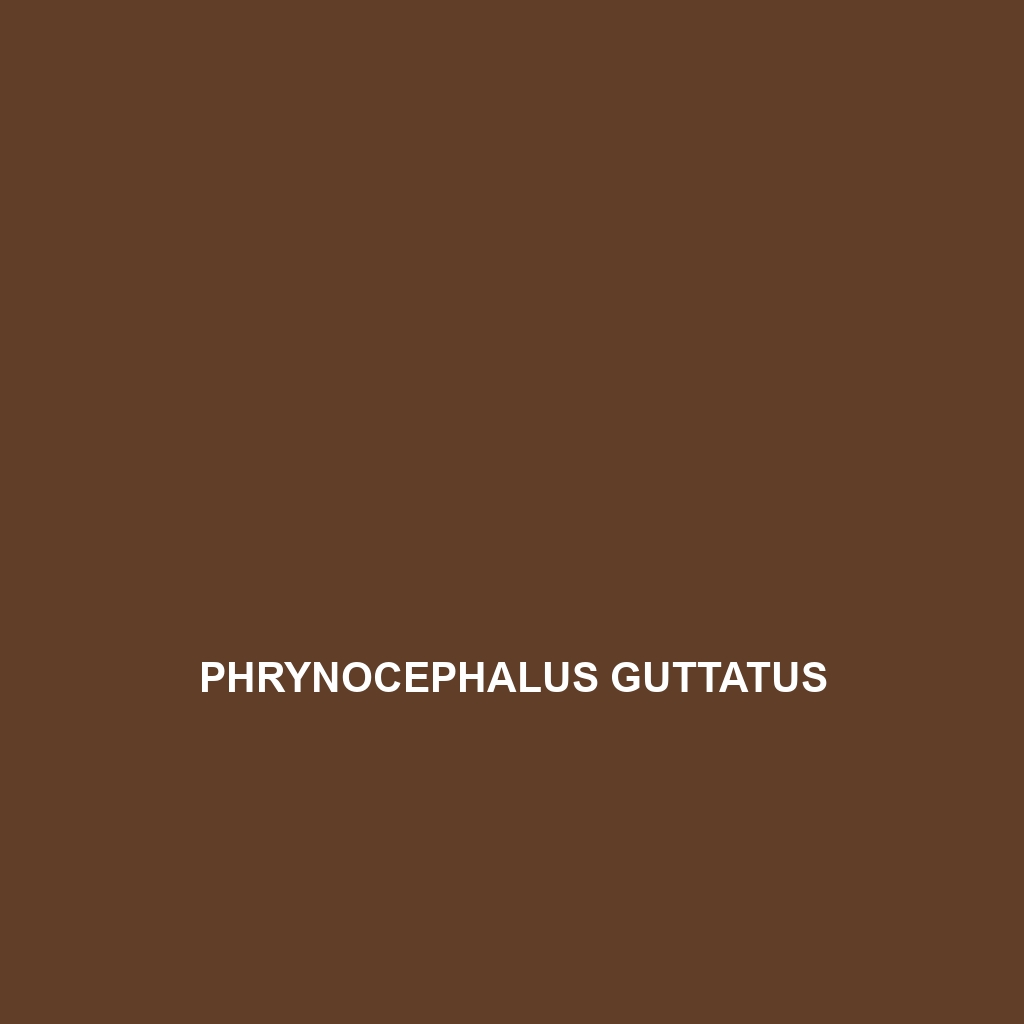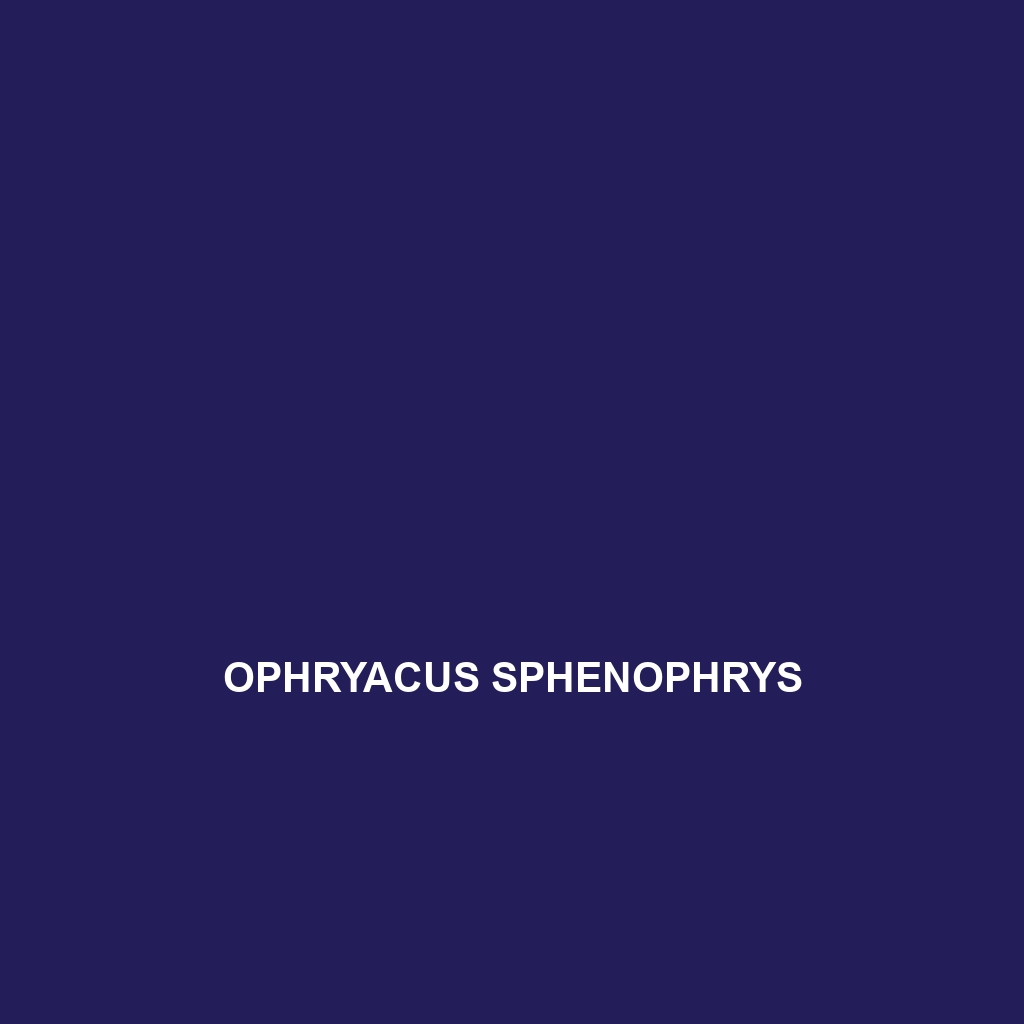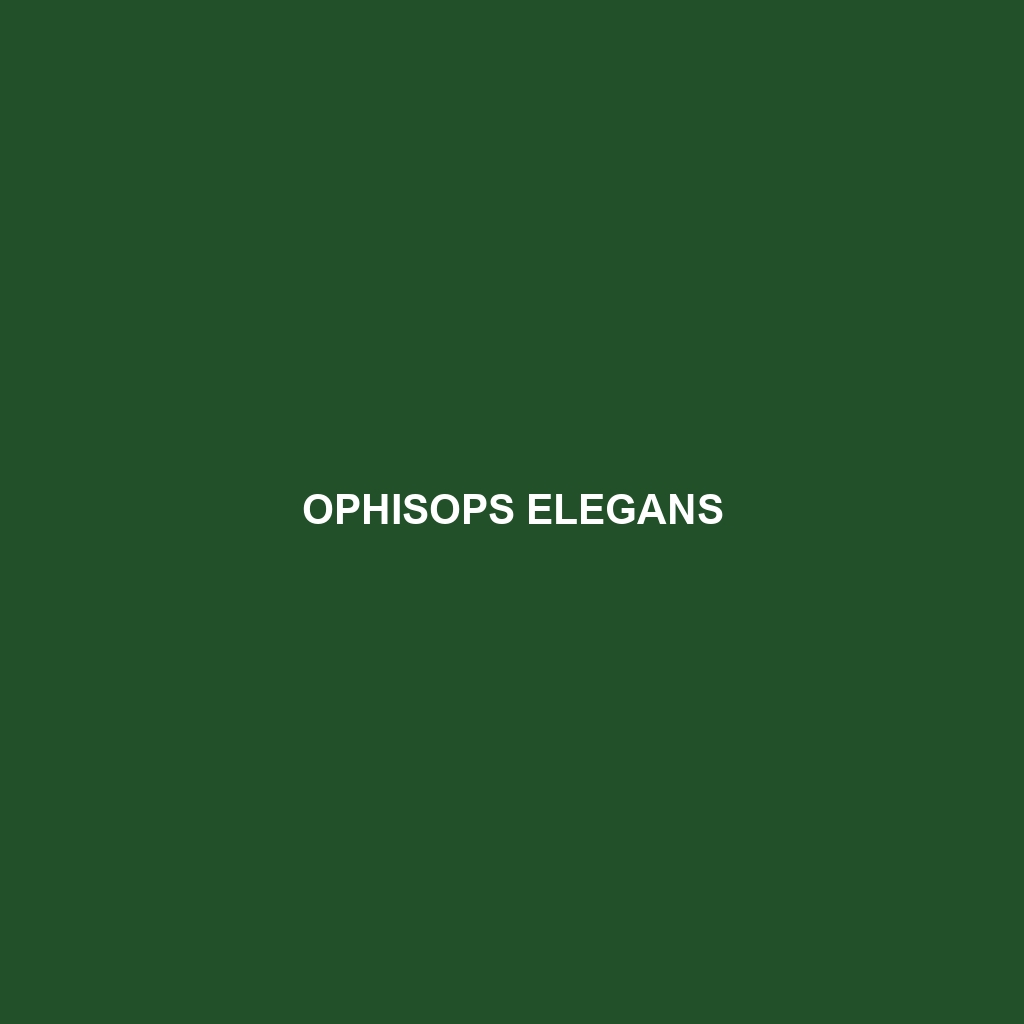<p><b>Phrynocephalus guttatus</b>, also known as the spotted toad-headed agama, is a small to medium-sized lizard thriving in the arid regions of Central Asia. With a flattened body, distinctive dark spots, and an insectivorous diet, this resilient species plays a vital role in its ecosystem as both predator and prey.</p>
Tag: camouflage in lizards
Pachydactylus scherzi
Discover the Pachydactylus scherzi, a medium-sized lizard native to Southern Africa's savannas and scrublands, known for its distinctive pale-brown coloration and "thick fingers" adapted for climbing. This nocturnal insectivore plays a vital role in its ecosystem, controlling insect populations and providing a food source for larger predators.
Ophryacus sphenophrys
Discover the remarkable Ophryacus sphenophrys, or spade-headed agamid lizard, known for its distinctive spade-shaped head, vibrant coloration, and essential role in maintaining ecological balance as an insectivore. Thriving in humid forest habitats, this adaptable species exhibits fascinating behaviors, including complex mating displays and effective camouflage against predators.
Ophisops elegans
Discover the elegant snake-eyed skink, Ophisops elegans, known for its distinctive large eyes and streamlined body, thriving in sandy habitats across southern Europe and Asia. This diurnal insectivore plays a vital role in controlling pest populations while displaying fascinating behaviors during mating seasons.
Meroles reticulatus
Discover the Meroles reticulatus, or reticulated sand lizard, a resilient insectivorous species found in the arid regions of southern Africa, characterized by its striking camouflaged skin and agile behavior, thriving in sandy habitats and playing a vital role in maintaining ecological balance. Perfect for reptile enthusiasts, this fascinating lizard showcases impressive adaptations for survival in harsh desert conditions.
Lygosoma haroldyoungi
<b>Lygosoma haroldyoungi</b> is a slender lizard native to the tropical rainforests of Southeast Asia, characterized by its vibrant coloration and ability to camouflage among the dense foliage. This insectivorous species plays a vital ecological role by controlling pest populations and is known for its unique adaptability to high humidity environments.
Liolaemus uspallatensis
<b>Liolaemus uspallatensis</b> is a robust, diurnal lizard native to the temperate regions of the Andes in Argentina, characterized by its earthy color patterns and territorial behavior. Measuring 15 to 20 cm in length, it primarily feeds on insects and gives live birth, playing a crucial role in its ecosystem as both predator and prey.
Liolaemus thomasi
<p><b>Liolaemus thomasi</b>, also known as Thomas's Liolaemus, is a small lizard endemic to the temperate forests and grasslands of southern South America, measuring 10 to 15 cm and exhibiting olive green to brown coloration with darker spots for effective camouflage. Diurnal and primarily insectivorous, these lizards play a crucial role in their ecosystem by controlling insect populations while facing potential threats from habitat loss and climate change.</p>
Liolaemus kingii
Liolaemus kingii, commonly found in the arid regions of Chile and Argentina, is a robust lizard measuring 12 to 20 cm, characterized by its earthy color patterns and diurnal behavior. An insectivore, it plays a vital role in its ecosystem by controlling insect populations and serves as both predator and prey.
Liolaemus audituvelatus
<b>Liolaemus audituvelatus</b>, commonly found in the temperate forests and high-altitude grasslands of northern Chile and Argentina, is a distinctive lizard species known for its robust body, unique dorsal scales, and varied coloration that aids in camouflage. This insectivorous lizard exhibits fascinating territorial behaviors and plays a crucial role in controlling pest populations within its ecosystem.









